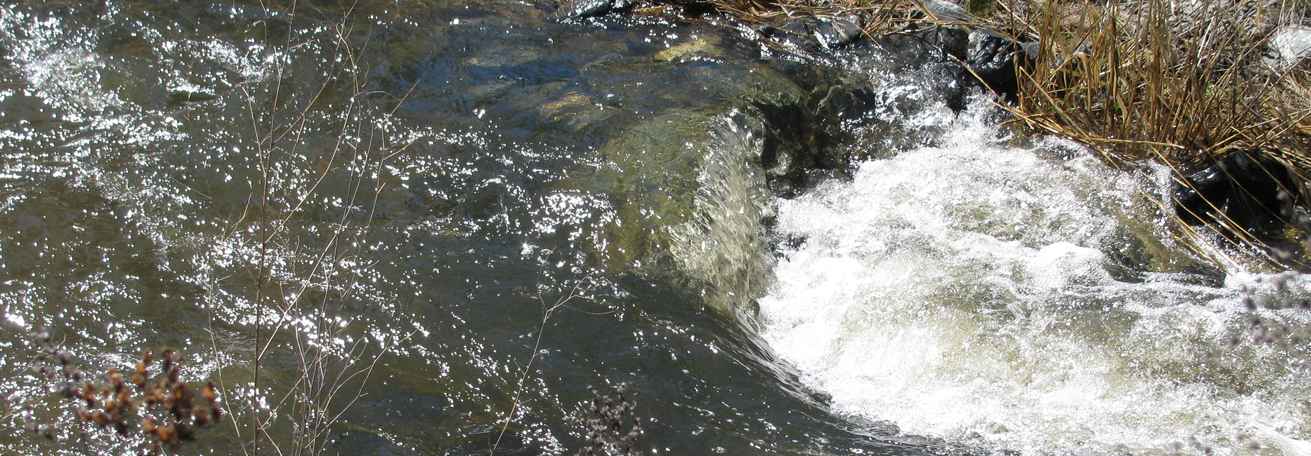The treatment facility is located at the Phillips Reservoir. Settled water is carried from the reservoir through a 750-mm diameter transmission main. The facility consists of the following unit processes:
a) Flow measurement
b) Chlorination
c) Fluoridation
d) Back-up disinfection – sodium hypochlorite
e) Booster pumps (for disinfection only)
As settled water enters the treatment facility from Phillips Reservoir, the turbidity is measured. Fluoride is then fed into the flow. There are two booster pumps which inject chlorine at one point, which achieves a chlorine contact time of, approximately, 30 minutes. The flow rate through the system is also measured. Treated water leaving the facility into the distribution system is monitored for chlorine residual, pH, conductivity, dissolved oxygen and temperature. City SCADA system records and trends all parameters and certified operators verify instruments daily with handheld field instrumentation.
The treated water is carried from Phillips Reservoir to the distribution system by a 750-mm diameter high pressure concrete pipeline. The transmission main is approximately 3,535 m long and was constructed in 1974. The 750-mm diameter pipe converges into two 600-mm diameter pressure concrete pipelines in the distribution system which supply the first PRV stations
The City of Cranbrook’s primary water supply is from surface water obtained from Joseph and Gold Creeks, which divert raw water into the Phillips Reservoir. Raw water is settled in the reservoir assisting in the reduction of turbidity before the water is conveyed into the Treatment Facility. The current method of treatment consists of inline chorine and fluoride injection before the water is conveyed to the City’s distribution system.
Existing instrumentation at the Treatment Facility provides ongoing data to the SCADA system for the following parameters:
• Flow measurement (Total Consumption)
• Reservoir Level
• Source turbidity
• Water pH and temperature
• Chlorine Residual
• Dissolved Oxygen
• Conductivity
Through this water treatment, the City is current achieving 4-log reduction of viruses, less than or equal to and 1 NTU of turbidity and no detectable E. Coli, fecal coliform and total coliform in treated water as per the Provincial Treatment Objectives for Surface Water. The City is not currently achieving 3-log reduction of Cryptosporidium and does not have two treatment processes for a multi-barrier approach. However, the City’s chlorination process effectively treats Giardia. The City has also approved funding for a new UV Disinfection Facility Water Treatment Plant to provide a multi-barrier approach, which is currently in the design phase. Further details on the new UV Disinfection Facility Water Treatment Plant including schedule, timelines, and construction is expected in late 2025.
For additional information regarding Drinking Water please visit HealthLink BC: https://www.healthlinkbc.ca/healthy-eating-physical-activity/food-and-nutrition/food-water-and-beverage-safety/drinking-water.
The City of Cranbrook aims to produce water for drinking and other domestic purposes which are free of pathogenic organisms and their indicators.
 Cranbook
Cranbook


